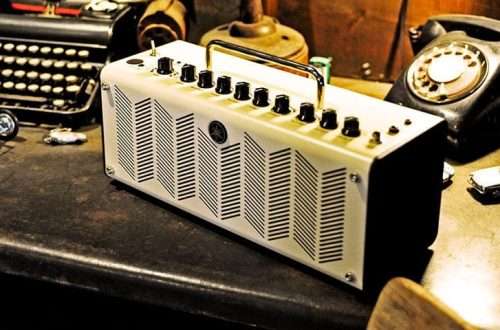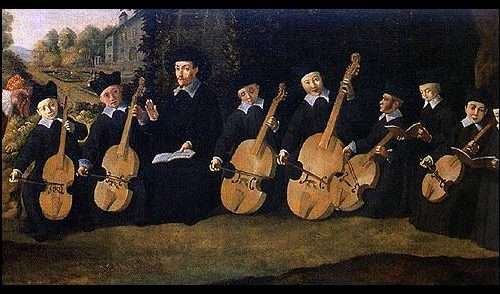
Instructions for use of string instruments
 Each musical instrument requires proper treatment so that it can serve us as long as possible. String instruments in particular, which are characterized by delicacy, should be treated and used exceptionally. Violins, violas, cellos and double basses are instruments made of wood, so they require appropriate storage conditions (humidity, temperature). The instrument should always be stored and transported in its case. Rapid temperature fluctuations adversely affect the instrument, and in extreme cases may lead to its ungluing or cracking. The instrument must not become wet or dry (especially in winter, when the air in the house is excessively dried by heaters), we recommend the use of special humidifiers for the instrument. Never store the instrument near heaters.
Each musical instrument requires proper treatment so that it can serve us as long as possible. String instruments in particular, which are characterized by delicacy, should be treated and used exceptionally. Violins, violas, cellos and double basses are instruments made of wood, so they require appropriate storage conditions (humidity, temperature). The instrument should always be stored and transported in its case. Rapid temperature fluctuations adversely affect the instrument, and in extreme cases may lead to its ungluing or cracking. The instrument must not become wet or dry (especially in winter, when the air in the house is excessively dried by heaters), we recommend the use of special humidifiers for the instrument. Never store the instrument near heaters.
VARNISHES
Two types of varnishes are used: spirit and oil. These two substances are solvents, while the essence of the coating are resins and lotions. The former make the paint coating hard, the latter – that it remains flexible. As the strings press the stands firmly against the top of the instrument, dull imprints may appear at the point of contact. These prints can be removed as follows:
Spirit varnish: Dull prints should be rubbed with a soft cloth moistened with polishing oil or kerosene (be very careful when using kerosene as it is more invasive than polishing oil). Then polish with a soft cloth and a maintenance fluid or milk.
Oil varnish: Dull prints should be rubbed with a soft cloth moistened with polishing oil or polishing powder. Then polish with a soft cloth and a maintenance fluid or milk.
STAND SETTING
In most cases, the stands are not placed on the instrument, but secured and hidden under the tailpiece. The strings are also not stretched, but loosened and hidden under the fingerboard. These measures are to protect the top plate of the instrument against possible damage in transport.
Correct positioning of the stand:
The stand is adjusted individually to each instrument. The feet of the stand perfectly adhere to the top plate of the instrument, and the height of the stand determines the correct positioning of the strings.The stand is correctly positioned when the thinnest string is on the lower side of the bow and the thickest is on the tallest. The location of the tray on the instrument is marked by a line joining the internal indentations of the letter-shaped sound holes f. The grooves of the cradle (bridge) and fretboard should be graphite, which gives slippage and ensures longer string life.
BOW
The new bow is not immediately ready for play, you need to stretch the bristles in it by tightening the screw in the frog until the bristles move away from the spar (the wooden part of the bow) by a distance equal to the thickness of the spar.
Then the bristles should be rubbed with rosin so that they resist the strings, otherwise the bow will slide over the strings and the instrument will not make a sound. If the rosin is not yet used, the surface is completely smooth, which makes it difficult to apply, especially to new bristles. In such a case, lightly rub the surface of the rosin with fine sandpaper in order to dull it.When the bow is not used and it is in the case, the bristles should be loosened by unscrewing the screw in the frog.
PINS
The violin pegs work like a wedge. When tuning with a pin, it should be pressed into the hole in the head of the violin at the same time – then the pin should not “move back”. If this effect occurs, however, the pin should be pulled out, and the element entering the holes in the headstock should be rubbed with a suitable pin paste, which prevents the instrument from receding and detuning.





